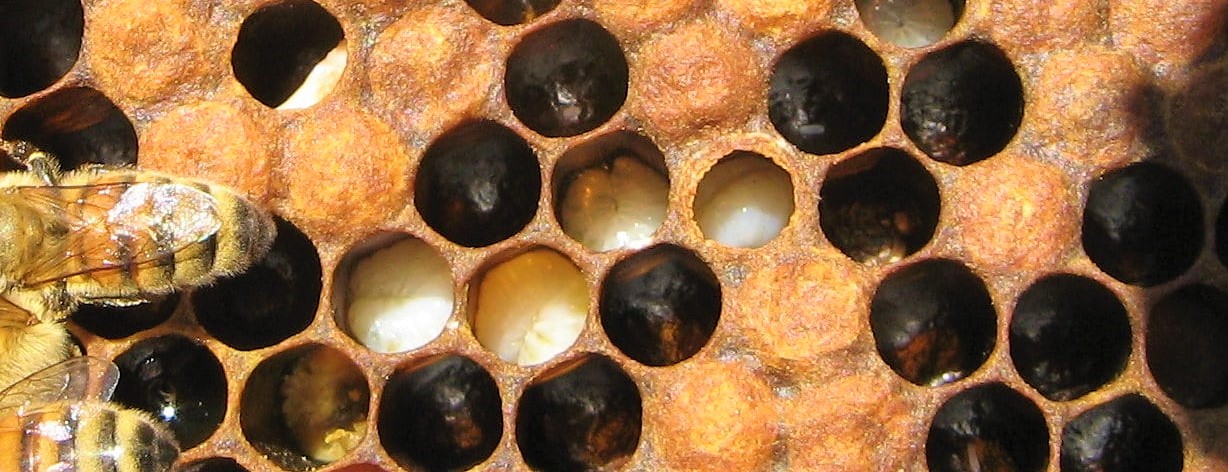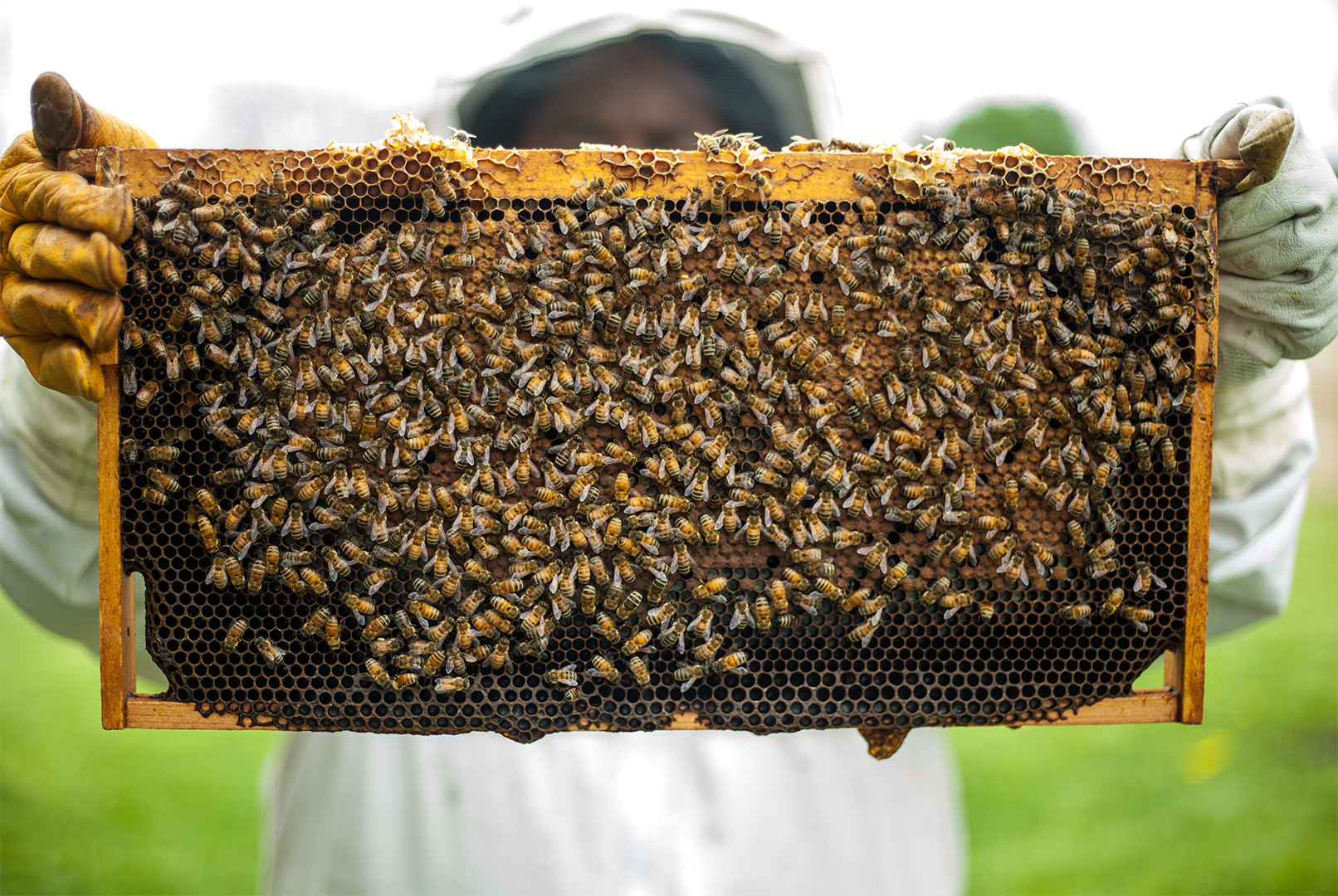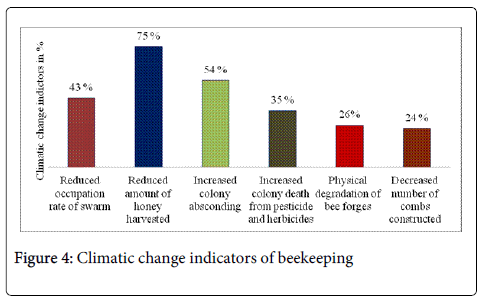Not only humans but bees are too dealing with their own version of pandemic: Thai Sacbrood. A viral disease intended for bees and re-emerged in South Indian states but has potential impacts on human lives.
This disease also called TSBV, was first found in Thailand in 1976 and devised an outbreak of the virus in India in 1991-92 destroying more than 90 percent of then-existing bee colonies in south India.
It tends to kill bees when they are larvae, thereby reducing their immediate population and the affected honey bee combs are prone to color change.
The prepupae (the developmental stage before the pupal stage) changes its color from white to yellow and finally to dark brown.

This can be a symptom to identify while others include: the prepupae having raised, pointed heads in the comb cells, and dead larvae turning into ‘sac-like’ structures filled with fluid, only to be easily removed at the age of 10 days.

The disease vanished or remained dormant for years in South India, before making a preposterous visit now.
Does it affect Humans, similarity to SARS spread and how can it be controlled?
The disease is not known to directly affect humans and consequently, the research has been slow.
The virus, similar to SARS-COV2, needs a human to spread. If a person touches infected colonies and then touches healthy ones, the virus makes contact to other boxes as well.
To control it, the infected honeycombs need to be removed, the dead larvae separated and burnt.
Although, there is no clear protocol to save the honey bees from TSBV, bleak studies remain. One of the recent study suggests isolating the queen bee from the other working bees to curb the spread in colonies.
However, scientific bee-keeping and viral-check-ups help in any decent scenario.
Asian honey bee (Apis cerana) is mostly domesticated specie of honey bees in southern India. Bees, overall being indicator species, are crucial for saving our ecosystem.
Bees found in India: Apis mellifera, Apis cerana, Apis dorsata, Apis florea and Trigona.
Humans depend on the bees directly (for honey that has antioxidants and anti-inflammatory properties) as well as indirectly for ecosystem services such as in pollination leading to good crop yields.
Bees are the best and dominant pollinators of fruit, vegetable and crop plants essential for nutrition and well-being of Humans. A study has revealed that bees visit and help around 90 percent of the world’s top 107 crops.
If the pollination is well-managed, crop yields increase by a significant 24 percent according to a study and further efficient pollination of flowers also helps to protect the crops against pests.
Important for both, the growth and quality of vegetation, coupled with lessening land productivity and increasing threats to food production, bees have emerged as saviors of food security.
While in another study published last year in journal Nature, scientists have found evidence of melittin, a component found in honeybee venom, that can possibly kill cancer cells in human body.
But the population of bees is witnessing decline worldwide making it even mandatory to tackle viruses and undertake proper research.
Why this is a concern in India?
Beekeeping in India is still a growing trend. It can be done as a stand-alone, commercial honey bee farm or even in integration with croplands to increase the overall yield and extract an additional income from honey.
It is of great importance in country where small and marginal farmers can barely exploit any ‘economies of scale’ concept for their own benefit.
Further, it poses to be an important contributor in achieving the 2022 target of doubling farmer incomes by GOI.
As per Food and Agricultural Organization (FAO) database 2017-18, India ranked eighth in the world in terms of its honey production (64.9 thousand tonnes).
Not only Honey, but wax and products such as pollen, propolis, royal jelly and bee venom are also marketable.
Bee pollen fetches an average price of about Rs.1250 per kg in Indian market which can vary upon its quality. A beekeeper can collect around 25 gm pollen every day from one colony. Simple math calls it a profit.
An Apiarist in Karnataka’s Western Ghats explain: “As apiarists, we need more understanding of TSBV to be able to control it. Since it does not affect humans, we speculate that the scientific community is ignoring the spread. So, there is no major research happening in this field.”
The Chairman of the Biodiversity Board, Government of Karnataka have asked the scientists to resolve this soon and adds: “The Karnataka Biodiversity Board is planning to declare the honey bee as a ‘state insect’, considering its importance in the ecosystem.”
“Regarding the TSBV, we regret to inform you that our scientists and concerned officers are not following it up with the Government and beekeepers. We have informed the concerned minister and officials to look into it.”



